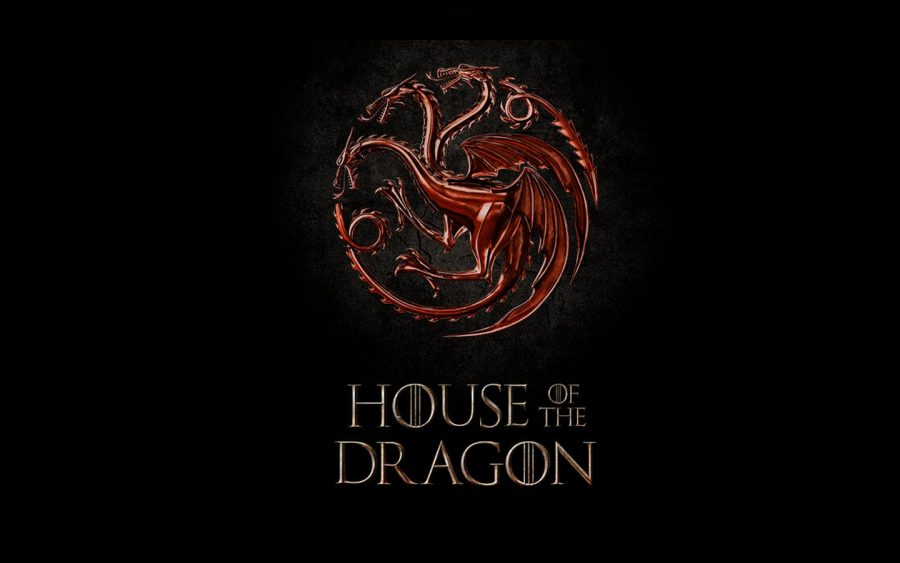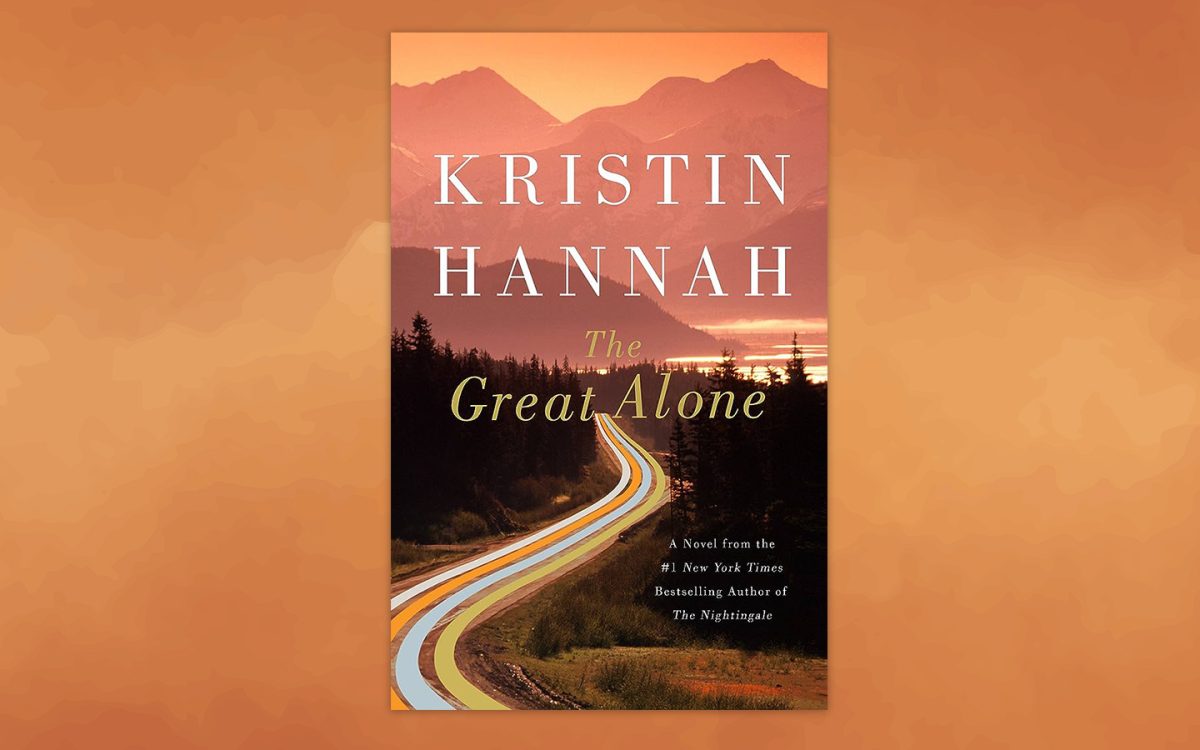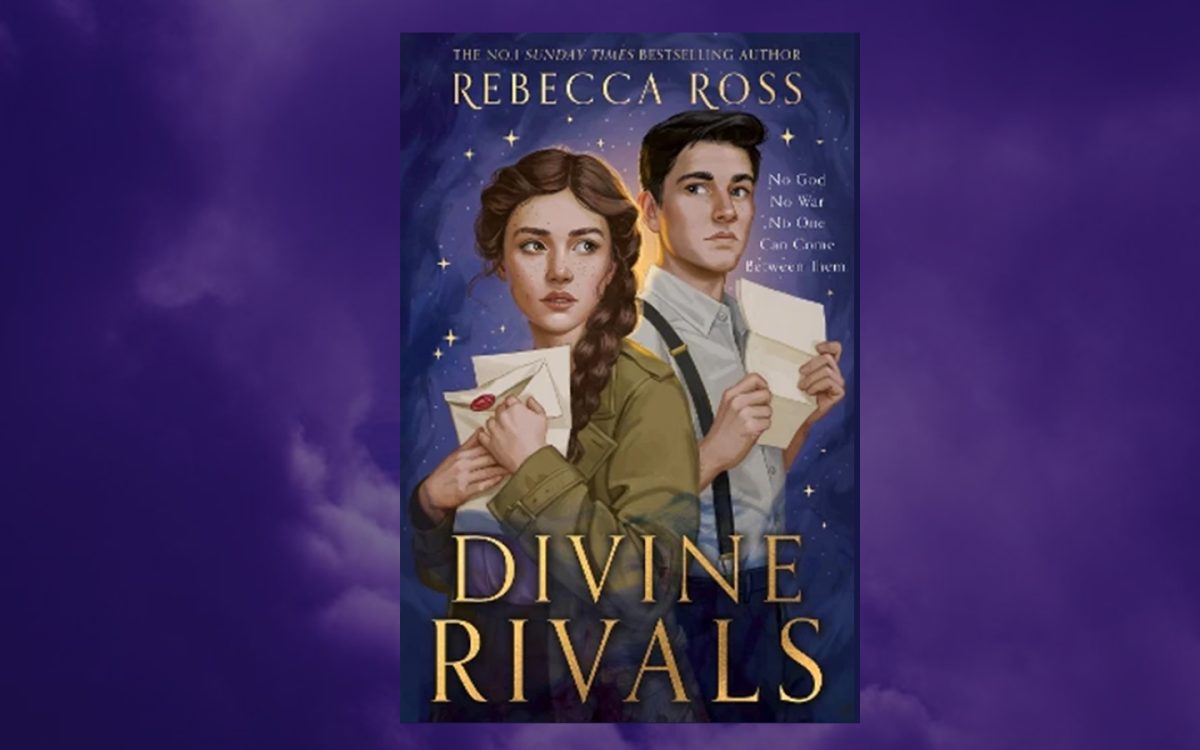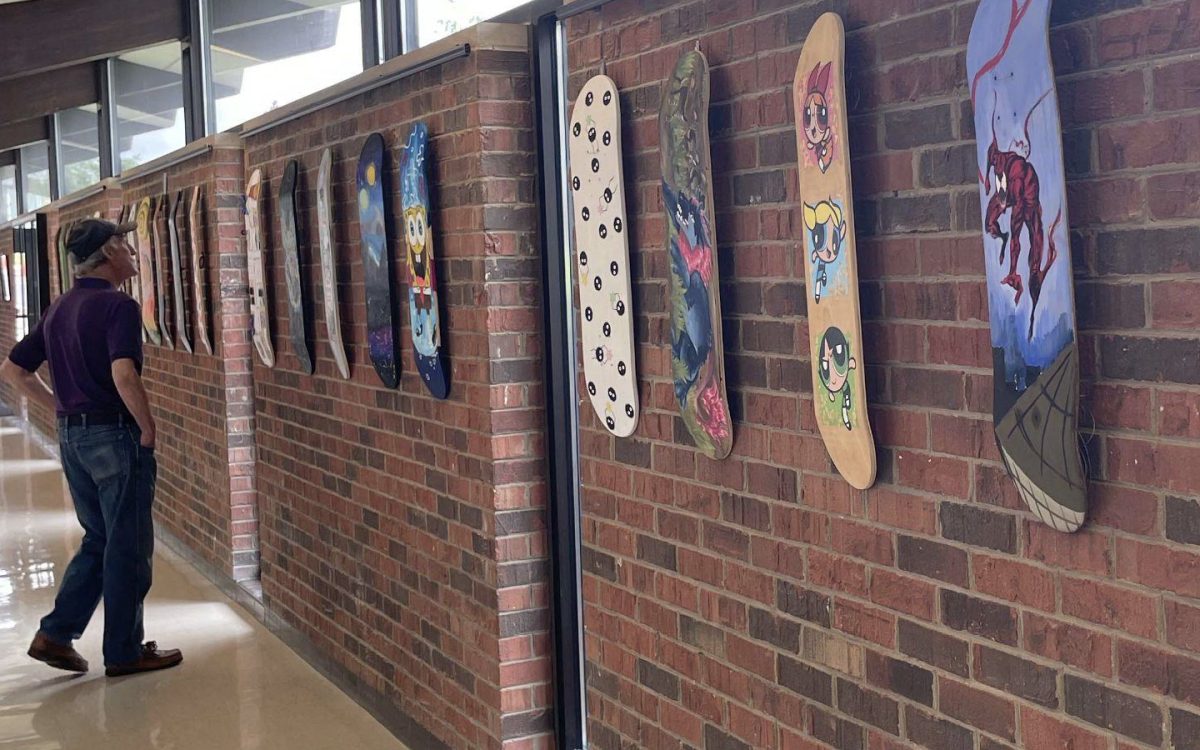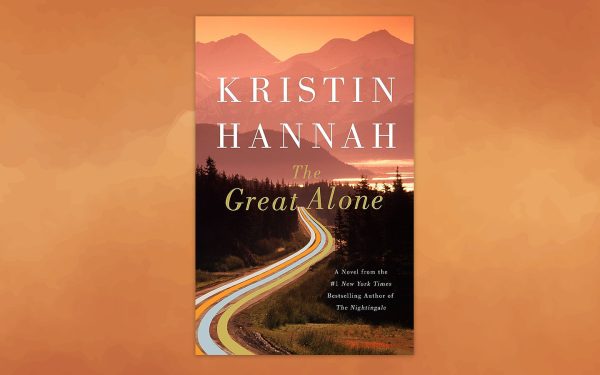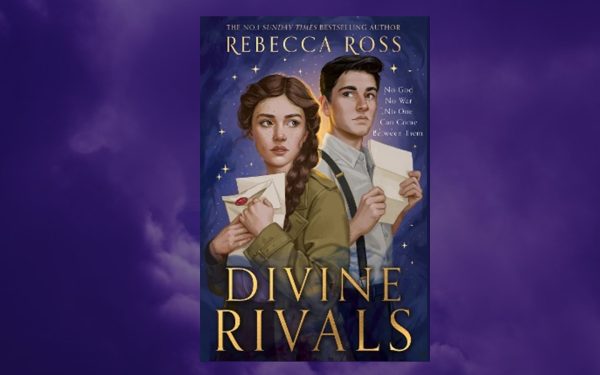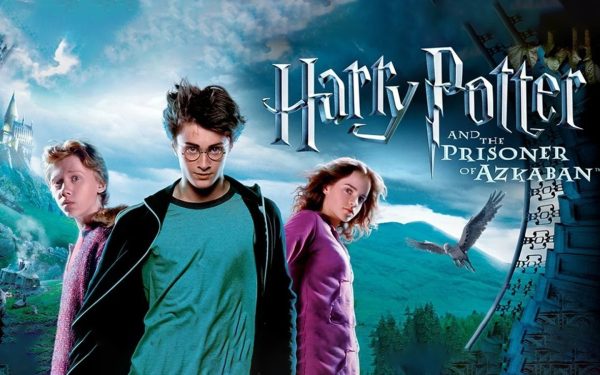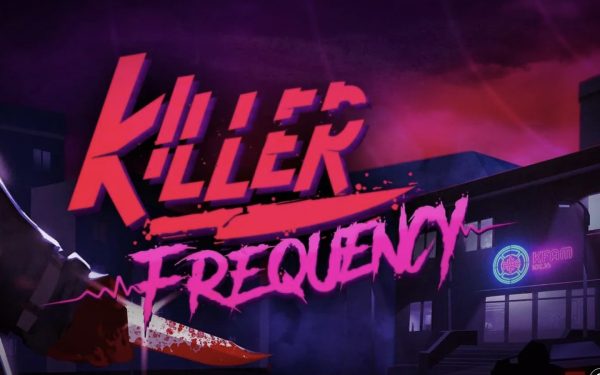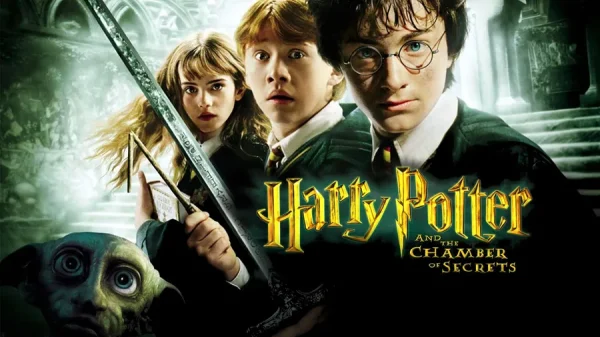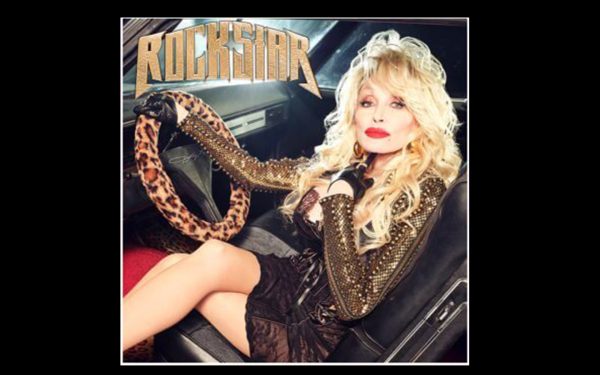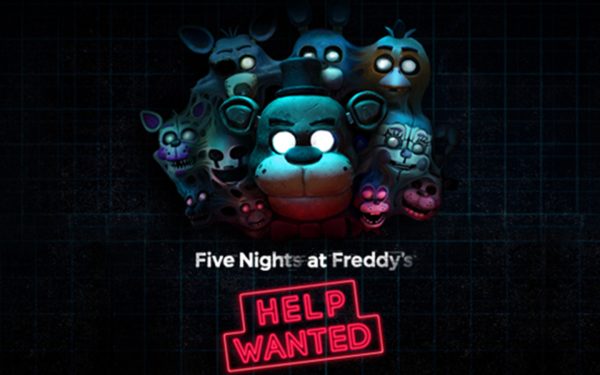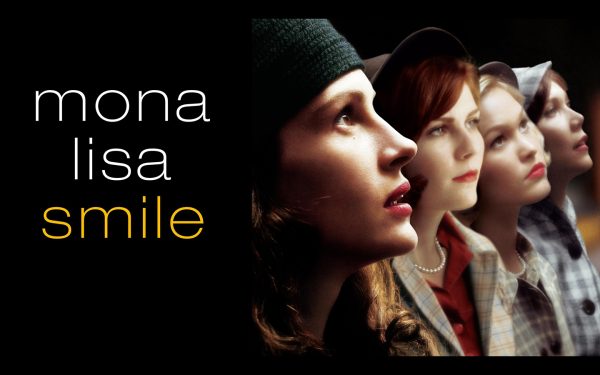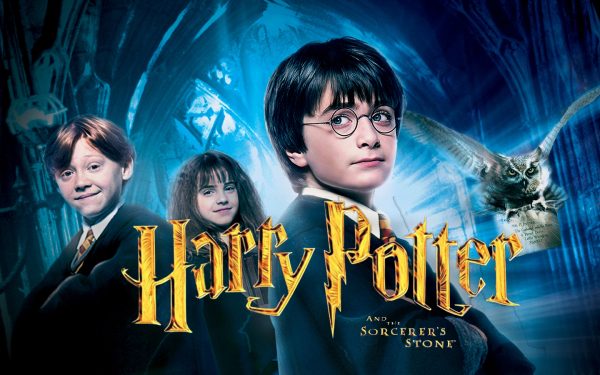When dragons ruled Westeros
The world of “Game of Thrones” returns to the screen, better than ever
January 12, 2023
Rating: 9/10
From the first episode, “House of the Dragon” hits the ground running with all the storytelling tightness that its predecessor, “Game of Thrones,” had at its best and an aesthetic splendor that the original show never had. It’s hard to know where to begin with its qualities.
The budget is perhaps the most visibly obvious. One can tell, almost instantly, that any single episode of “House of the Dragon” has the same budget per episode that “Game of Thrones” had per season when it started. Any location that appears in both is bigger here. The costuming is rich and colorful, filled with intricate ornamentation and embroidery. The CGI, primarily used to depict various dragons, is often stunning. Just comparing the tourney in the first episode to the tourney in the first season of the original show is striking.
Budget doesn’t make a show, of course; luckily, the show has plenty of other virtues. Its cast is exceptional. King Viserys played by Paddy Considine, who is the emotional heart of the show, will almost certainly be up for an Emmy. The long span of time the show covers means there are many recasts, the two most visible examples provide a class lesson in how to accomplish it.
Emily Carey does sterling work as young Alicent Hightower: ridden with anxiety, her facade of calmness constantly threatening to snap. Her replacement, Olivia Cooke, manages to be even better, anxieties having curdled into visible unhappiness and paranoia. Milly Alcock’s Rhaenyra is confident and charming, and her replacement, Emma D’Arcy, is even moreso, both qualities which act to disguise the character’s occasional arrogance. The remainder of the cast is just as good.
In this time when prestige drama seems determined to slow down, “House of the Dragon” is impressive for the ground it covers in its ten hour season runtime. No less than twenty years, the biggest timeskip being the decade between episodes five and six. It’s a lot to cover, and the show could, perhaps, have benefited from a couple extra episodes. The viewer who pays attention will be rewarded, as characterization evolves from episode to episode, many characters established only through brief, glancing snapshots of their lives, the viewer trusted to extrapolate from them. Even so, a rewatch will be rewarding.
It’s in the characterization that “House of the Dragon” is strongest, in the relationships between characters. For all the apparent political complexity, really, everything that happens comes from the interaction of relatively simple emotions and relationships: Otto Hightower’s grasping ambition, and his consideration of his daughter as no more than a piece to be moved about the chessboard. The foiled teenage crushes Rhaenyra and Alicent harbor for each other, which echo in almost every scene they share. The personal weakness of King Viserys, trying to please everybody, willfully blind to the obvious. The more time that passes, the more it becomes obvious that this is going to explode into horrific bloodshed, every missed opportunity to set things right making war ever more inevitable.
The directors make fantastic work out of this. They are willing to utilize the artifice of cinema in a way that the imposed naturalism of “Game of Thrones” rarely ever did, and even when it did, it always did so quietly and subtly (for example, the end of episode four, cutting between a zoom on Ned Stark’s face while Arya learns from her dancing master, the sounds of the wooden swords transforming into the clash of metal blades), where “House of the Dragon” prefers a greater sense of flair. These directors were much more daring in their imagery which makes the occasional outbursts of brutality and bloodshed far more visceral than its predecessor series.
Atop all this is Ramin Djawadi’s score. The familiar strings, brass, percussion and occasional moments of sound-design-as-score continue here, with the addition of a choir. The tone is familiar, but not too familiar: Djawadi is sparing with his application of themes from “Game of Thrones” Ostinato emerging only at the most crucial of moments, as he instead writes a variety of new themes for the characters. The most obvious highlight is Viserys’s climactic walk in episode eight, but the understated and eerie score for the post-funeral crowd scene in episode seven works wonders, alongside the direction, to freight its traded glances and unplanned encounters with tension.
“House of the Dragon” might just be even better than its predecessor. Undoubtedly, the first season is leagues beyond the first season of “Game of Thrones,” if not in casting, then certainly in every other element. There are two years till the next season. The changes the writers made to the source material has been deft and intelligent, always enhancing the drama by rooting it more directly in the relationships between characters. If season one is any indication, then regardless of the change from political and personal drama to internecine warfare, fans of the universe are in safe hands.



